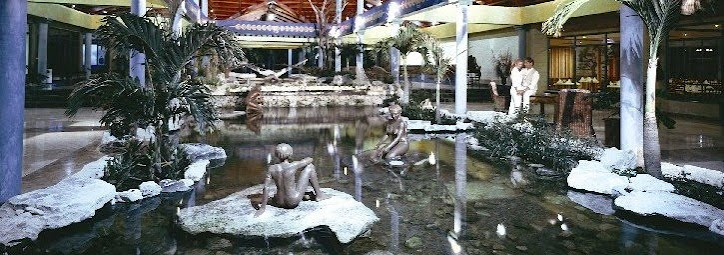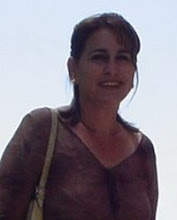

Once again the city of the parks hosts the Romerias de Mayo Festival (May pilgrimages), a cultural event that gathers in Holguin Cuban and foreign artists and writers.
This cultural event, organized by the Hermanos Saiz Association emerged from a religious holiday first celebrated on May 3, 1790 by Friar Antonio Alegre after he climbed the Bayado hill carrying a wooden cross on his back.
This year´s festival is dedicated to the Canadian city of Toronto, to the 50th anniversary of ICAP (Cuban Institute of Friendship with Peoples) and to the solidarity among the nations, as well as to the centennial of José Lezama Lima birth date.
The Romerias began with the traditional parade attended by participants and guests of honor to the event and people in general. It concluded with a concert at the foot of Loma de la Cruz hill by popular Cuban musician David Blanco.
Among the most important activities developed in this year’s festival was the opening of two exhibitions. The first exhibition comprises oil paintings and lithographs of the Ecuadorian painter Oswaldo Guayasamin, at the main hall of La periquera museum of this city.
Crossing the threshold of the place, the work that first caught everyone's attention was the portrait made in 1996 Guayasamín his friend, the Commander in Chief Fidel Castro, a picture which highlights the use of colour and the expressive power of hands .
Guayasamín had three pictures of Fidel. The first was painted in 1961 and, according to Guayasamín’s son, the revolutionary leader remained restless throughout the process.
"He was attending calls. He spoke with subordinates. At the end, when Fidel saw the finished work, he stood still before the canvas for 15 minutes. Then my father said he had given him time to paint a better picture, " said the president of the Guayasamín Foundation.
"Guayasamín is Cuba. Cuba is Guayasamín "said the son of the painter.
The second exhibition, for the first time in Cuba in Holguin Arts Centre, is “Imaginary Portraits” by Spanish painter Pablo Picasso.
Composed by 29 pieces made in 1969 in the screen printing technique, and certified as evidence of the author, the works were donated recently to the National Museum of Fine Arts in Havana by Gilbert Brownstone.
Brownstone said he decided to make this gift to the people of Cuba because no country in the world does so much for culture, as there is a government that prioritizes education and spiritual development of its citizens.
In the opening words of "Imaginary Portraits," Brownstone told how in the 80s Jaquelin Picasso, the widow of Pablo Picasso, gave him these works that are now part of the cultural heritage of the Cuban nation. He confirmed that in the next trip to Cuba he would bring other pieces of art by the artist known by many as the father of modern art to enlarge the collection.
The program of activities for the event also includes music and dance shows, films and literary Works, as well as the presentation of plays by Cuban and foreign artists.




